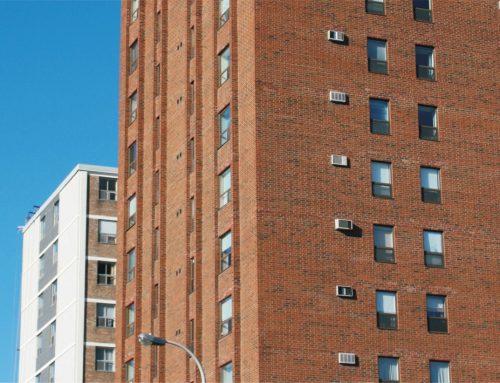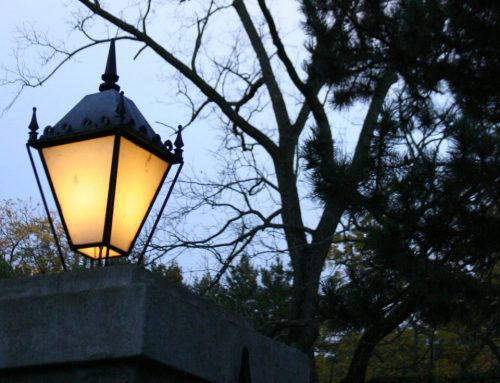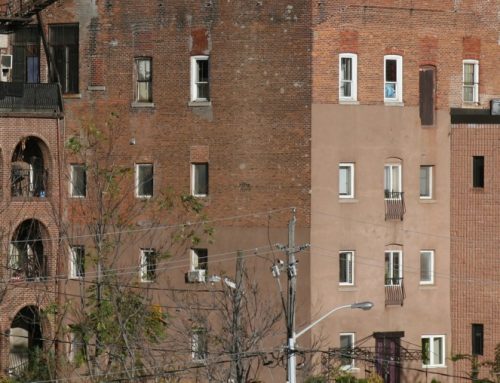Transitional housing initiatives:
In Niagara, there are upward of 167 beds available in emergency shelters. Shelter beds use decreased by about 11% between 2008 and 2010. This decrease was attributed to a move in the Region to the use of additional temporary supportive housing initiatives and may not reflect a reduction in special housing needs. Currently, there are 25 operating projects focusing on temporary transitional housing to reduce the number of people at risk of becoming homeless. In 2008, 49,000 bed nights were recorded for shelter use.Niagara’s efforts to deal with homelessness are built on 4 pillars of delivery:
- outreach
- hostels and shelters
- prevention through the housing-first model
- supportive transitional housing models
The region has initiated a new project for transitional housing using regionally acquired homes, where possible, the region now partners with an existing agency to have such homes serve as transitional housing units for families. Housing options are improving and decreasing the numbers who are homeless.
A full picture of homelessness inNiagarais very complex to capture and to fully quantify; however in recent years those dealing with the homeless have been sharing ideas and information. The data about homelessness in Niagara is collected and reported in different ways. The use of housing alternatives to deal with homelessness in Niagara depends on the funding source:
- Federal money – looks at how long a person is in shelter and how long they are in secure housing etc. (more time/outcome oriented)
- Provincial money – looks at household information; transitions in housing status; why they become homeless; who was affected; and how long the process took (more focused on the services provided and the transitions between those services)
- Municipal money – emergency shelter money is given to support those in emergency shelters; it represents 40% of the region’s overall budget.
The biggest increase in demand has been in families accessing homeless shelters. There are also noted seasonal shifts in shelter use and access, with the highest use observed in the summer and lowest use observed in the winter. Source: Niagara Region Housing Homelessness and Hostels
Community Care Access Centre (CCAC): The LHIN-Community Care Access Centre provides a range of services to facilitate health care needs in home, and in the community. CCAC works with individuals to assist them in staying in their homes longer by providing care in the home and by coordinating services with care partners in the community, including specialized support services.
With a limited stock of long term care (LTC) beds and affordable, supportive housing units for seniors, more community-based care options are needed to support frail seniors and their caregivers to live independently at home. The LHIN works with community partners to develop and fund models to address these needs. For example the Ontario March of Dime’s Wellness Supportive Living Program Demonstration Model allows high risk seniors to receive the right level of care in the right place at the right time. Funded by the Hamilton Niagara Haldimand Brant Local Health Integration Network (LHIN) this model has now been expanded to three additional sites including locations in St. Catharines and Welland. Tthe model supports the new Assisted Living Services for High Risk Seniors Policy 2011. The program is based out of a senior’s apartment building with existing space and infrastructure to house seniors, programs and staff. This building functions as a service hub, and staff members provide outreach to seniors living in their homes in that area. As a result of this program:
- fewer seniors are transferred to hospital;
- More seniors return home after a hospital stay; and
- Fewer seniors are transferred to long-term care.
The service enhancement for high risk seniors has enabled them to live at home as independently and safely as possible. Personal Support Workers provide unscheduled and scheduled supports addressing issues of incontinence, nutrition, anxiety and compliance with medication instructions. The program also provides Friendly Visiting, Security Checks & Assistance with groceries. Source: http://www.ccac-ont.ca/Content.aspx?EnterpriseID=4&LanguageID=1&MenuID=137
Long-term care facilities: There are currently 31 long-term-care homes in the Niagara Region (http://www.ccac-ont.ca) which provide long-term care supports to approximately 492 people. Of these homes, 9 are currently operated by Niagara Region (), 4 are listed as non-profit organizations (
), 6 are charitable homes (
) and 13 are for-profit establishments (
).









